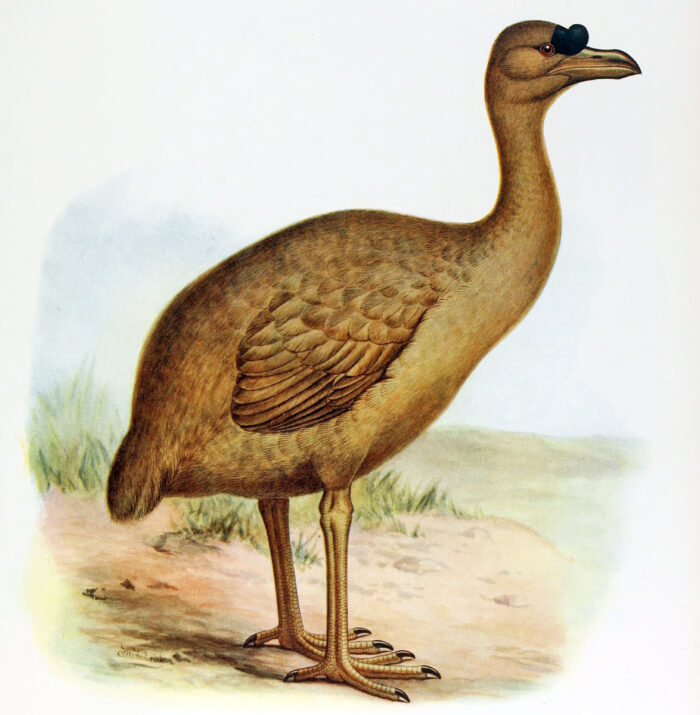Representations of dodos could look hilariously gormless and their identify is now synonymous with the likes of ‘dolt’ and ‘boofhead’. However it appears the dodo’s state of affairs extra aptly represents sufferer blaming as an alternative.
After reviewing 400 years of literature, researchers from the UK are engaged on setting the file straight: dodos weren’t gradual and silly.
“Proof from bone specimens means that the Dodo’s tendon which closed its toes was exceptionally highly effective, analogous to climbing and operating birds alive at the moment,” says College of Southampton paleobiologist Neil Gostling. “The dodo was nearly definitely a really lively, very quick animal.”
A lot of our early info on the famously extinct hen is rumour from Dutch sailors, representations from artists, and fragmented stays. For years, their oddness mixed with their speedy disappearance led to their dismissal as legendary fantasy creatures.
“Extra has been written concerning the Dodo than another hen, but nearly nothing is thought about it in life,” explains avian paleontologist Julian Hume from the Pure Historical past Museum within the UK.
For hundreds of years, even the variety of dodo species was up for debate. Inspecting collections from across the UK in addition to written data, College of Southampton evolutionary biologist Mark Younger and colleagues have sorted by means of this taxonomic confusion.
Their evaluation confirmed each the one species of dodo (Raphus cucullatus) and its closest relative, the Rodriguez solitaire (Pezophaps solitaria), are columbids, a part of the pigeon and dove household of birds, that we have lengthy made use of for his or her distinctive intelligences.
In addition to their mad abilities as messenger pigeons, this group of birds has additionally demonstrated a way of self and is able to utilizing contact screens.
“The few written accounts of dwell Dodos say it was a fast-moving animal that cherished the forest,” says Younger.
That is in sharp distinction to the notion of a dimwitted ‘unfit’ animal that blundered into its personal inevitable demise.
“These creatures have been completely tailored to their surroundings, however the islands they lived on lacked mammalian predators,” says Gostling. “So, when people arrived, bringing rats, cats, and pigs, the Dodo and the Solitaire by no means stood an opportunity.”
It took about 70 years for all these new inhabitants on the island of Mauritius to eat the dodos and their eggs out of existence. The final identified sighting of the distinctive floor dove was in 1662. By 1770, the swan-sized solitaire additionally met the identical destiny.

The identical state of affairs has since been enjoying out again and again. From the very smart, endangered kea parrot, to the world’s rarest bugs, and the extinct thylacine, many animals don’t fare effectively when confronted by people and the invasive species we deliver with us – a course of now contributing to Earth’s sixth mass extinction.
Round 600 species are at the moment threatened by non-native predators people have launched.
“The Dodo was the primary residing factor that was recorded as being current after which disappeared,” says Gostling.
“Earlier than this, it hadn’t been thought attainable for human beings to affect God’s creation in such a approach.”
Such assumptions have allowed us to inflict untold injury on our residing world. Once we worn out the dodo we did not perceive what we have been doing, however we certain as heck do now. We now know we even have sufficient collective energy to change the bodily properties of our planet.
Younger and group’s evaluation is just the start of a wider mission to be taught extra about these misplaced species.
“We’re not simply wanting again in time – our analysis may assist save at the moment’s endangered birds too,” says College of Southampton biomechanical engineer Markus Heller.
The evaluation was printed within the Zoological Journal of the Linnean Society.




